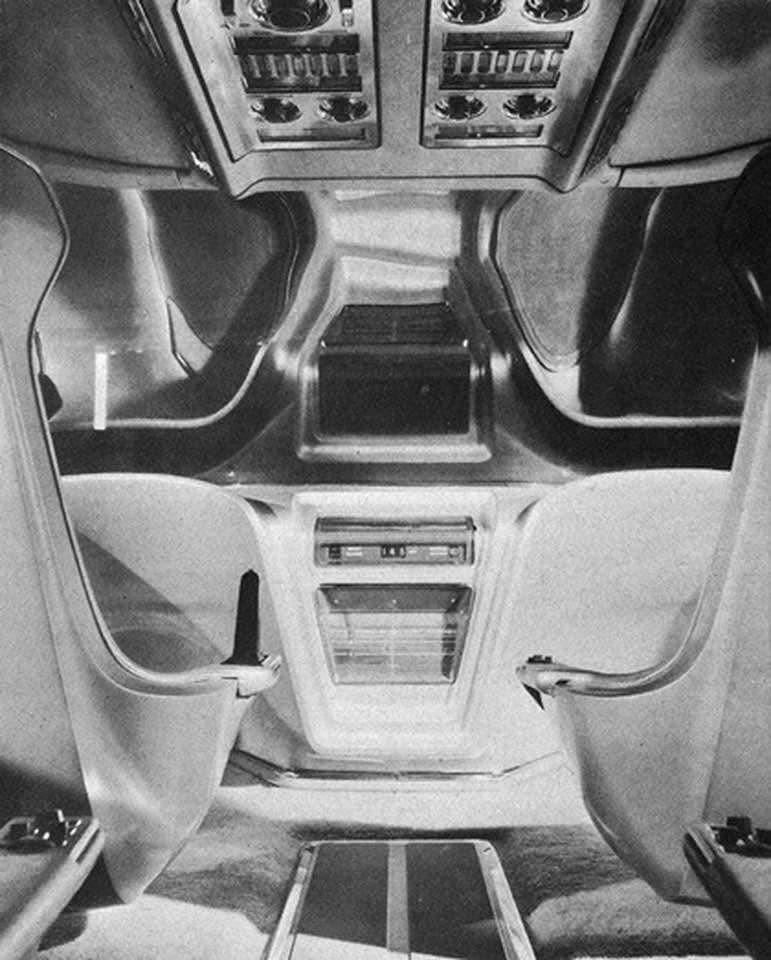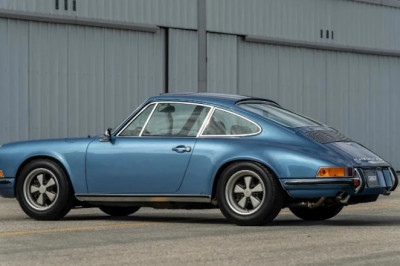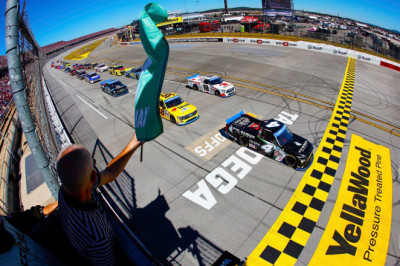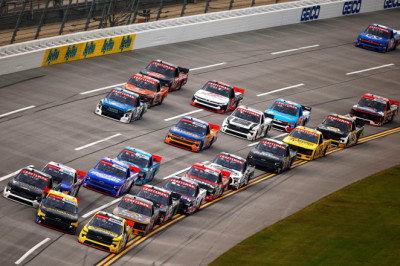
A Vision of Tomorrow’s Travel
Unlike its predecessors—the turbine-powered Firebird I, II, and III—the Firebird IV was a non-functional showpiece, created purely to ignite the imagination of fairgoers and the automotive industry alike. While earlier Firebirds were built around gas turbine engines and tested the limits of performance and engineering, the Firebird IV was all about envisioning the future of personal transportation. Its design was heavily influenced by the aesthetics of jet aircraft, with a sleek, low-slung body, dramatic curves, and a canopy-style roof that evoked images of space-age travel.
Design and Features
Internally coded as XP-790, the Firebird IV measured 229.8 inches in length, 77.6 inches in width, and just 45 inches in height, riding on a 119-inch wheelbase. Its silver body, crafted from metal and acrylic, was futuristic even by today’s standards. The car’s styling featured smooth, aerodynamic lines, an enclosed cockpit, and a panoramic windshield, all designed to minimize drag and maximize visual impact1.
The Firebird IV was conceived for a future where cars would steer themselves via programmed guidance systems, promising “absolute safety at more than twice the speed possible on expressways of the day.” The concept anticipated autonomous driving, with the car envisioned as operating on automated highways—a theme echoed in GM’s Futurama exhibit, which imagined a world transformed by technology and innovation.
No Engine, All Imagination
Unlike the earlier Firebird concepts, which were powered by advanced gas turbine engines, the Firebird IV had no powertrain at all. It was a static display intended to push the boundaries of what people thought possible in automotive design. Despite being described as turbine-powered in promotional materials, the car was never drivable.
Legacy and Influence
The Firebird IV was more than just a show car—it was a symbol of optimism and technological ambition in the 1960s. After its World's Fair debut, the car was repackaged for the 1969 show circuit as the Buick Century Cruiser, another futuristic concept. Sadly, the original Firebird IV was reportedly destroyed in the 1980s, but its influence can still be seen in the ongoing pursuit of autonomous vehicles and advanced automotive design.
The Firebird name itself would later be revived for Pontiac’s production pony car, but the Firebird IV remains a testament to GM’s willingness to dream big and inspire the public with visions of the future.
Key Facts at a Glance
-
Debut: 1964 New York World's Fair, GM Futurama Exhibit
-
Purpose: Non-functional concept car, designed to showcase autonomous, futuristic travel
-
Dimensions: 229.8" length, 77.6" width, 45" height, 119" wheelbase
-
Powertrain: None (display model only)
-
Legacy: Repackaged as the Buick Century Cruiser; destroyed in the 1980s
-
Influence: Inspired future concepts of autonomous driving and advanced vehicle design
The 1964 GM Firebird IV remains a fascinating chapter in automotive history—a bold vision of what the future could hold, and a reminder that sometimes, the most powerful innovations begin as dreams.
















